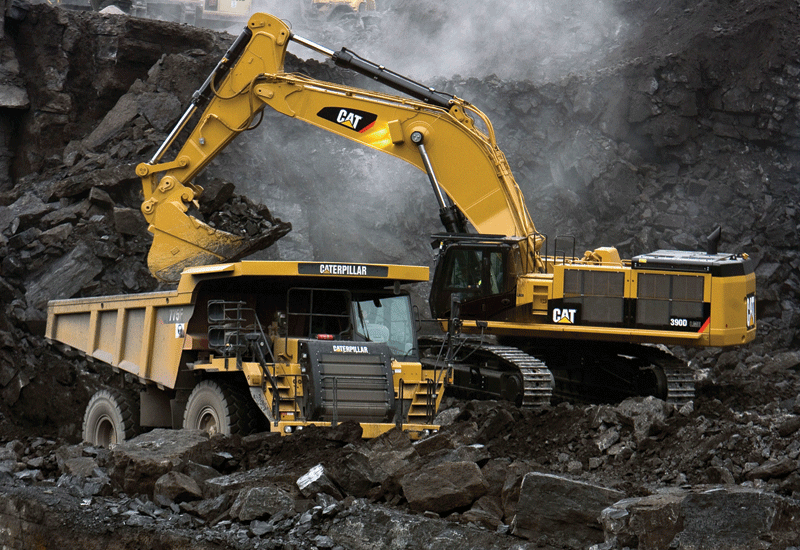Installing an engine crankshaft is a crucial part of engine assembly, as it ensures that the engine runs smoothly and efficiently. Here is a step-by-step guide on how to install an engine crankshaft.
Step 1: Prepare the Work Area
Before beginning any work, ensure that the work area is clean and free from debris. It is also essential to have all the necessary tools and equipment, including a torque wrench, sockets, pliers, and an engine stand.
Step 2: Install the Main Bearings
The main bearings are the first components to be installed. These bearings support the crankshaft and prevent it from moving sideways. Apply engine oil to the bearings and install them in their proper locations. Ensure that the bearing caps are installed in the correct order and sequence.
Step 3: Install the Crankshaft
Install the crankshaft by sliding it into the main bearings carefully. Ensure that the crankshaft is aligned with the main bearings and can rotate freely. If the crankshaft is difficult to install, use a plastic mallet to gently tap it into place.
Step 4: Install the Connecting Rods
The connecting rods connect the pistons to the crankshaft. Apply engine oil to the connecting rod bearings and install them onto the crankshaft. Ensure that the connecting rods are correctly positioned and that the rod bolts are tightened to the correct torque specification.
Step 5: Install the Piston Rings and Pistons
Install the piston rings onto the pistons, ensuring that they are correctly positioned. Apply engine oil to the piston rings and install the pistons into the cylinders. Ensure that the pistons are positioned correctly and that the connecting rods are attached to the pistons.
Step 6: Torque the Fasteners
Finally, torque the fasteners to their specified torque values using a torque wrench. It is crucial to follow the torque sequence and values specified in the engine manufacturer's instructions. Over-tightening or under-tightening the fasteners can cause damage to the engine.
In conclusion, installing an engine crankshaft requires attention to detail and precision. It is essential to follow the manufacturer's instructions carefully and use the correct tools and equipment to ensure that the engine runs smoothly and efficiently.
Installing an Engine Crankshaft: A Step-by-Step Guide

